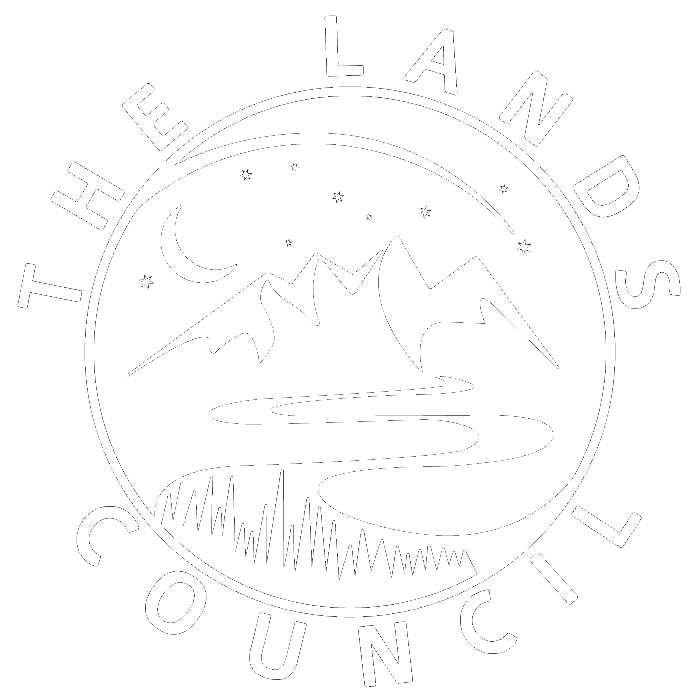A bee on fading blue globe thistle
Grandpa Ott's Morning Glory Vine
By Laura Ackerman
Invasive weeds — they are not just rural anymore! When we think of invasive weeds, we may mostly think of farms, even hobby farms, like mine. But increasingly, I am seeing them in urban settings. Knapweed is a common plant anymore in alleys in the City of Spokane. My experience is that people are unfamiliar with these kinds of weeds and may assume they are a variety of garden plant that escaped cultivation or are a native wildflower. We do indeed have escaped plants, like around my farm, cornflowers AKA bachelor buttons are a good example of this.
Invasive weeds are very problematic for many reasons and it is likely that private citizens will increasingly have to eradicate them in their public spaces; alleys, and parking strips for example. Many of these weeds pollinators love, and some are quite pretty, like hound's tongue, but nevertheless, unless you cut the plant back before it goes to seed, and are faithful about doing that, they should be pulled.
Two good links to learn about noxious weeds:
I have a big concern about the non-native western false salsify AKA goatsbeard, and their enormous seed heads on my farm and spreading in Spokane County.
Two garden plants that I have to control in my gardens are morning glories and New Mexico sage. Pollinators love the latter one. The leaves are fragrant, the flowers a lovely purple and it's very drought resistant. But it can easily become invasive. Prepare to compost dozens of morning glory seedlings in the spring unless you are scrupulous about not letting them go to seed. I find that friends don't often want them because their out of control habits are well known. With New Mexico sage, the seeds are tiny and it can be difficult to find the dozens of tiny seeds (they are edible and you can roast them) on the plant. I dead head mine, but still some manage to go to seed and propagate.
Pollinators love my blue globe thistles which is a perennial and needs to be divided. They are wonderful flowers but are, well, thistly, and so sometimes it's hard to give them away. Even with cultivated plants for pollinators, one needs to have some thought about planting them in the garden.
Learn about your weeds as well as your cultivated plants, please! Please also read this article, from 2009 about noxious weeds:
The Washington State Invasive Species Council and the Department of Natural Resources recommend people check their trees in August for invasive species. More info here:
As for my train spotting project that is a summer-long project. I have made two extensive field trips and have talked to a Washington State agency with more on the agenda.



